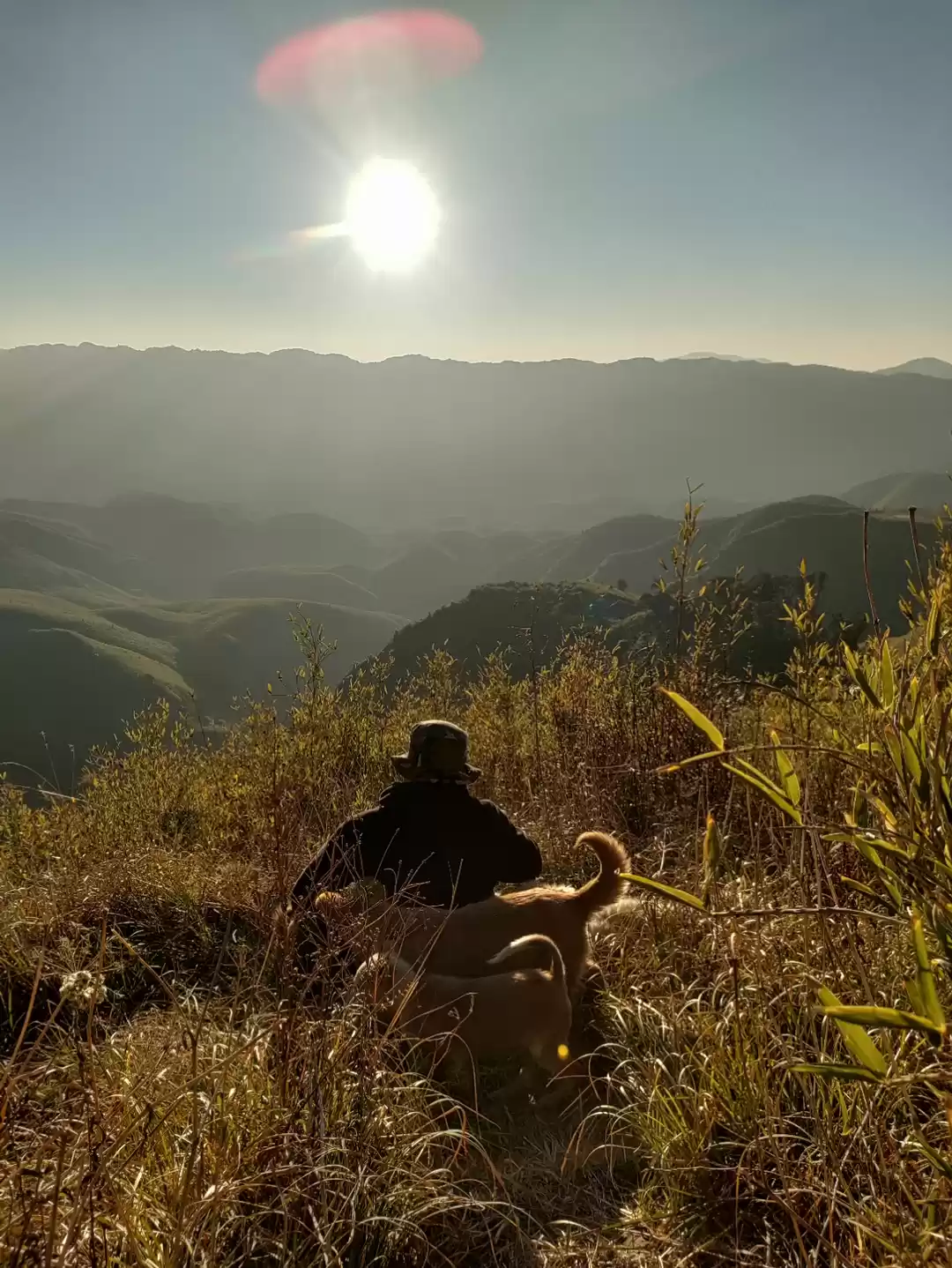As a student of history, I find it a responsibility to rediscover historic cultures and indigenous communities who are older than the country itself, but have been relegated to a peripheral role in the larger national narrative.
One of my recent trips was to Mon in Nagaland. The ‘wild, wild east’ of India is home to nearly 16 odd tribes who have lived era after era as head hunters, fighting off intruders and thriving on warfare and conflict. My target destination is Mon, a town and district near the India-Myanmar border and I choose this specific destination because the real essence of Nagaland’s culture is in its historic villages and their cultures.
Another reason I particularly choose to visit Mon is the Aoleang Festival that happens every April. Festivals are an experession of culture and give you a real sense of a communities traditions and practices. Aron, my friend, agrees to play guide on this journey. He is a journalist in Kohima who has worked with me on many occasions.
Mon- An introduction
I land in Dimapur and drive all the way to Mon, through the dusty and gravel roads of rural Nagaland. It used to be a land of valiant warriors who fought off invaders and fiercely protected their community. These warriors would hang the heads of their enemies outside their homes as a mark of victory. The status of these warriors was often coterminous with the number of heads they had hunted. But this is all history now (or at least I hope so). The only traces of their rather violent history now lives through their art and their cultural artefacts.
Mon can be easily called a small, self-contained community, with very little dealings with the outside world. The houses built on terraced land on the backdrop of the Naga Hills on the Eastern Himalayas, make for a divine view. The rawness of nature and of the people speaks volumes of their heritage.
The Festival
The Aoleang Festival is already on and Aron and I decide to make it the first agenda on our trip. Usually, the festival starts on April 1 and goes on for the next six days with celebrations that include dance, music, and feasts.

This is essentially a farming festival of the Konyak tribes to celebrate sowing of new seeds in spring. It also marks the beginning of their traditional New Year. The lands are tilled after winter fades and new crops are grown when nature is in full bloom.
Each day of the festival has its own significance. The most important aspect of the festival is honouring and celebrating the presence of Wangwan- the divine spirit and tribal god of blessing. As they sing, dance, feast, and sow the seeds, they invoke their god and seek his presence, praying for a prosperous year. They erect a bamboo with its branches holding palm leaves, to represent Wangwan and place it in front of a Morung- the tribal shrine of elders. The replica will be there till the last day of the festival, when it is finally carried outside the village, as a symbolic goodbye to the god.

The community has managed to preserve their traditions in their art forms like dance and music whilst also encouraging modern pop culture which is evident from the contemporary music groups performing at the festival. The modern-day version of the Aoleang Festival seems to me like an earnest effort to restore the tribal heritage while promoting peace and progress and placing Mon on the world map for people to come and experience their culture.
Visiting Longwa

While in Mon, we also decide to visit the border town of Longwa. After all, it is the last prominent settlement between India and Myanmar. But also, it is the history of the village that intrigues me. Aron says there’s an influential king called Angh, whose palace (a huge wooden villa) sits right on the border, one half in India, and the other half in Myanmar. It is open to tourists so we head there immediately. The huge mansion-like structure is an example of indigenous woodwork and fine artistry using very ancient techniques and tools. It takes me back in time, centuries back, before mechanisation and industrialisation had standardised construction. There are rare artefacts on display that speak about the Konyak tribe, their men, women, warriors, and leaders. All this seems so distant from the current times and society, and yet these people strive hard to preserve their dwindling community.
There’s a milestone at the edge of the village that marks the end of the Indian Territory and the beginning of the neighbouring country of Myanmar. There is no check post or security point. Tourists are easily walking to and back from Myanmar within a day. A viewing point lies at the outer edge of the village which opens up to the valleys on the other side of the country. While this invisible border divides our neighbour and us, nature is the same- pure and untainted, protecting, providing and sheltering people everywhere.

























